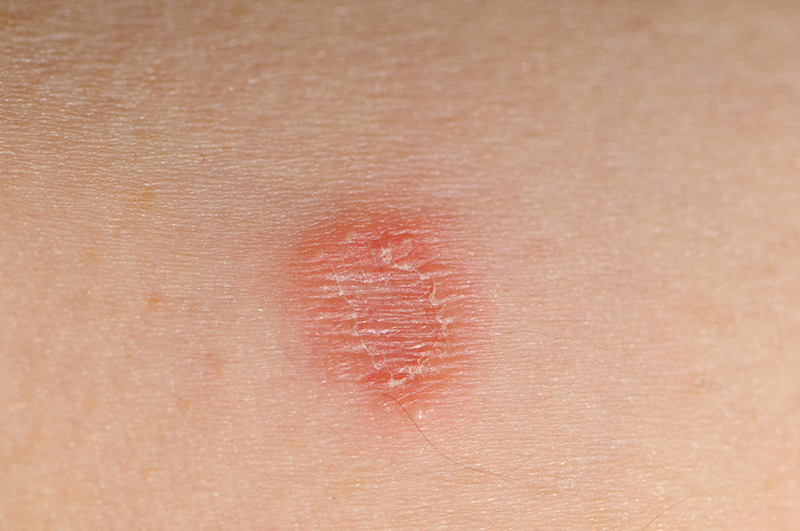Families For Life | Ringworm-Toddlers

Ringworm is a common fungal infection of the skin. Its real name is tinea. Children can pick up ringworm from animals, other people and soil. Ringworm is usually easy to treat.
Causes of ringworm
Ringworm is caused by fungi called dermatophytes. These fungi infect only the skin and don’t spread into the body.
Children most commonly get ringworm from young animals, such as kittens and guinea pigs. They can also pick it up through contact with infected people and contaminated objects, including clothing and towels. Soil contains ringworm fungi too.
Ringworm can affect any skin on the body. It’s called different things depending on where it is on the body. For example, on the torso it’s called tinea corporis, and on the scalp it’s called tinea capitis.
Ringworm symptoms
Ringworm initially appears on the skin as a red ring with a clear centre, scales and a lumpy or raised edge. It’s very itchy and can gradually get bigger. It sometimes spreads to other areas.
If your child’s scalp is affected, you might notice a small bald patch with some hair stubble.
When to see your doctor about ringworm
You should take your child to the doctor if:
there are several ringworm sores on your child’s scalp or body
the sores are painful
the rash doesn’t start to improve after a week’s treatment
the rash is spreading despite treatment
there are bald patches in your child’s hair.
Tests for ringworm
Your doctor might use a special light to help diagnose ringworm, or send some skin scrapings from the area to a laboratory for examination.
Ringworm treatment
Ringworm usually gets better quickly when you treat it with antifungal creams, which you can buy over the counter at the pharmacy.
Ringworm treatment with antifungal creams can take one week to several weeks to work. Your doctor might recommend that you keep applying the cream to the affected skin for a week after the rash has disappeared. This should stop the ringworm coming back.
If antifungal creams don’t work, or the ringworm is on your child’s scalp, your doctor might prescribe antifungal tablets.
These need to be taken under medical supervision. If the infection is on the scalp, your child might have bald patches for a few months after it has cleared. Don’t worry, though – the hair will grow back normally.
Encourage your child to stop scratching the affected area. It’s a good idea to treat all family members affected by ringworm.
After your child starts proper ringworm treatment, wait for 48 hours before sending him back to child care, preschool or school.
Consult your vet for treatment if your pet has bald patches or sores, because this might be where your child has picked up the ringworm.
© raisingchildren.net.au, translated and adapted with permission